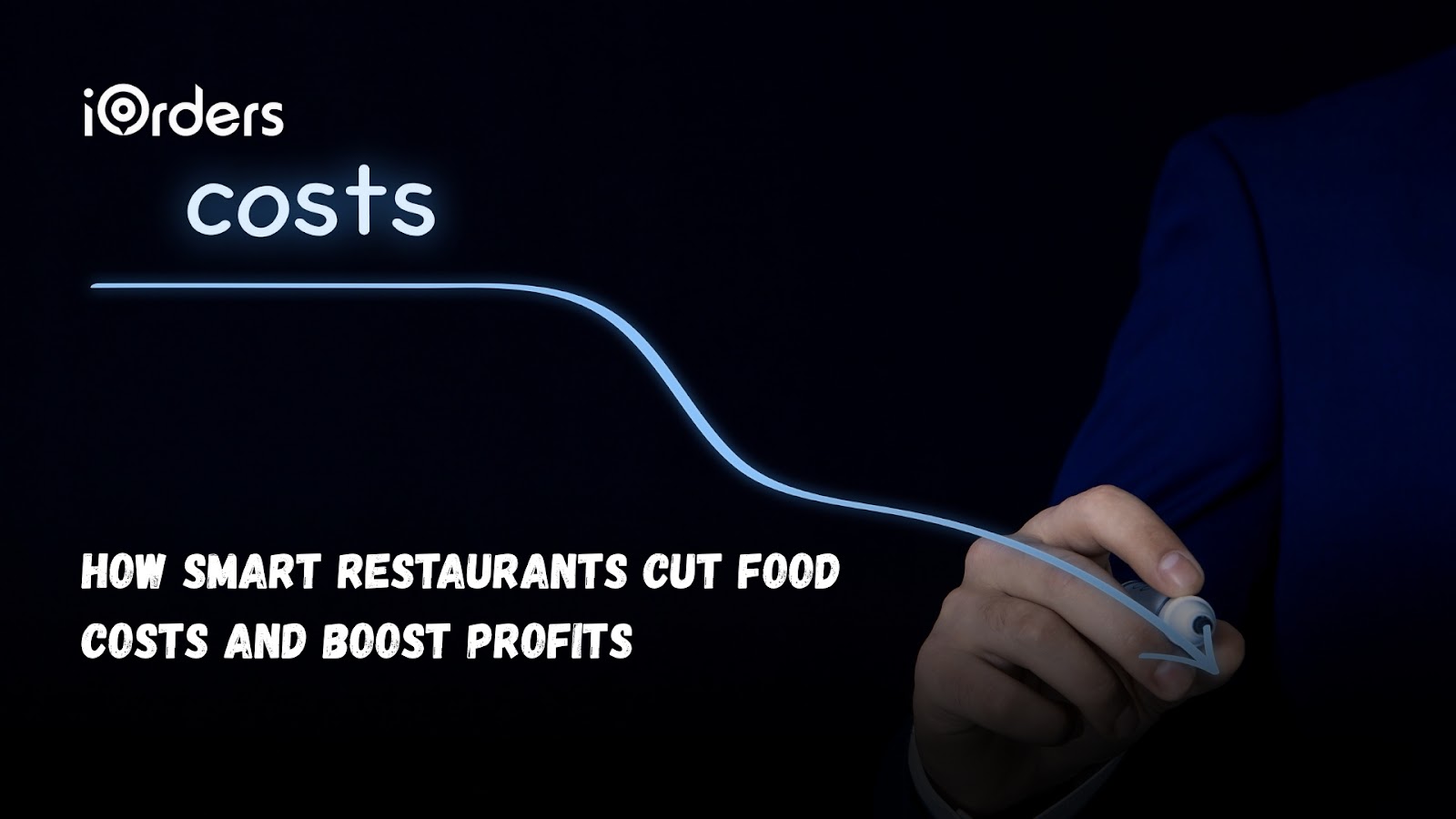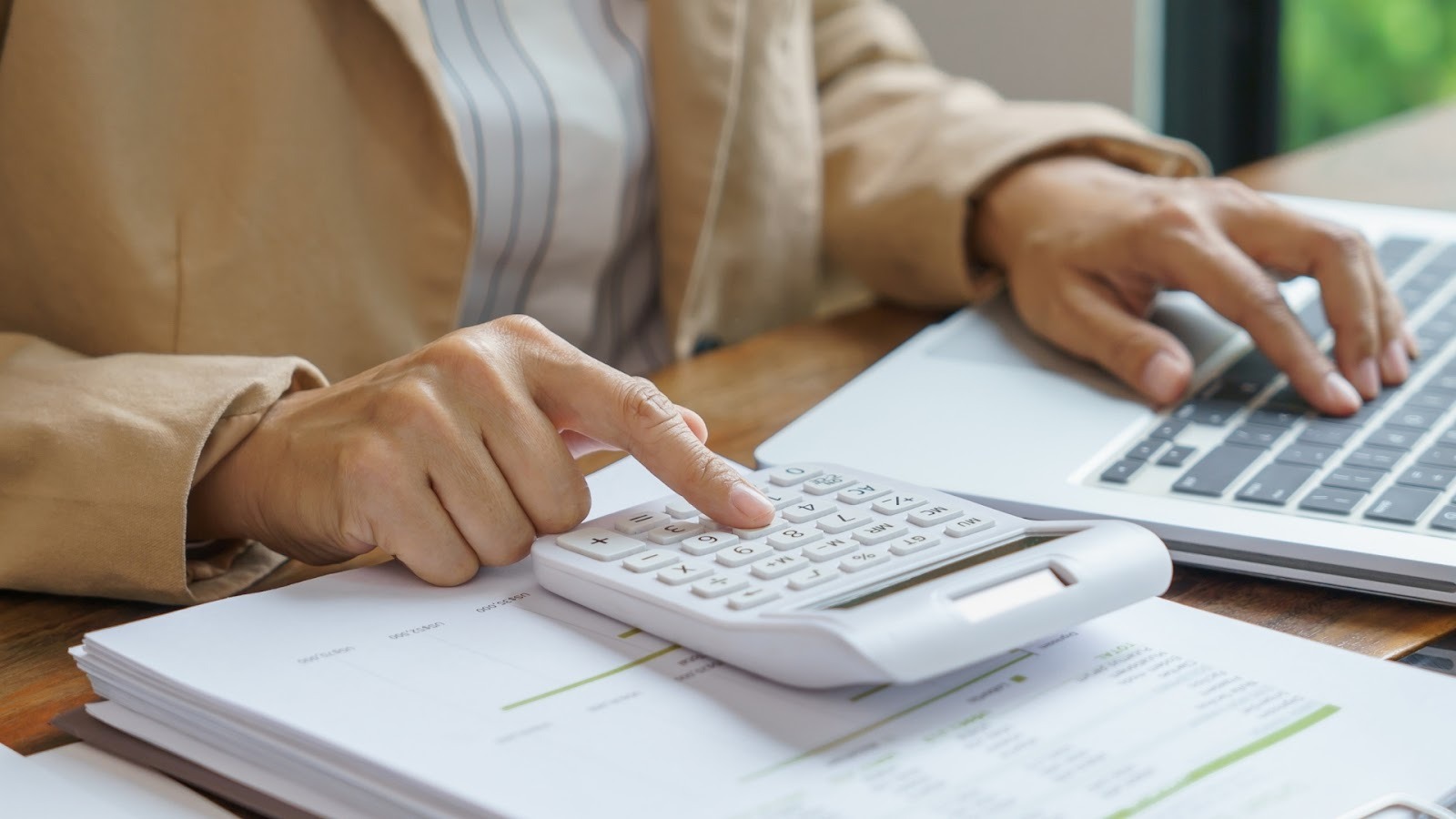October 22, 2025

Running a restaurant isn’t just about serving great food; it’s about balancing quality with profitability. One of the biggest factors that impacts your bottom line is food cost.
In simple terms, food cost is the total expense a restaurant incurs to prepare and serve its dishes. It includes the price of raw ingredients, vegetables, meat, spices, condiments, and everything that goes into a menu item.
When you compare this cost against the revenue generated from food sales, you get your food cost percentage, a key metric that determines how efficiently your kitchen is operating.
If your food cost is too high, even a packed dining room won’t guarantee profits. Small price fluctuations in ingredients or poor portion control can eat into margins fast. On the other hand, maintaining an optimal food cost means your restaurant earns healthy profits while still delivering quality meals.
In today’s competitive industry, understanding and managing food costs isn’t optional; it’s essential for long-term sustainability and growth.
Before you can control your food costs, you need to understand how to calculate them accurately. The basic food cost formula is simple:
Food Cost Percentage = (Cost of Goods Sold ÷ Total Food Sales) × 100
Let’s break that down.
Now, here’s a quick example.
Imagine your restaurant spent $8,000 on food ingredients last month and made $25,000 in food sales.
Your food cost percentage would be:
($8,000 ÷ $25,000) × 100 = 32%
That means 32% of your sales went toward food costs. The remaining 68% covers labor, rent, delivery, marketing, and profit.
Pro Tip: Track this number weekly or bi-weekly. Small changes in supplier prices or portion sizes can affect margins quickly. Using digital tools to automate this calculation can save time and reduce errors.
Knowing your food cost percentage is only half the story; understanding what it means for your restaurant is where the real value lies.

Alt text:The Ideal Food Cost Percentage Every Restaurant Should Aim For
Most successful restaurants keep their food cost percentage between 28% and 35%. The exact number depends on your menu type, cuisine, and pricing strategy. For instance, a fine-dining restaurant serving premium ingredients may have a higher food cost (closer to 35%), while a quick-service restaurant or café might aim for 25–30%.
What really matters is maintaining consistency. If your food cost suddenly spikes from 28% to 34%, it’s a signal to investigate whether ingredient prices went up, portion sizes increased, or waste isn’t being tracked properly.
Your food cost percentage acts as a financial health check for your kitchen. It tells you how efficiently your team turns ingredients into revenue. By monitoring this number regularly, you can identify patterns, catch leaks early, and make smarter menu or pricing decisions.
The goal isn’t to cut corners, it’s to create a sustainable balance between cost control and customer satisfaction.
Even experienced restaurant owners can lose control of food costs without realizing it. The issue often isn’t one big mistake; it’s a series of small, unnoticed ones that add up over time.

Alt text:Common Mistakes Restaurants Make with Food Costing
Here are some of the most common pitfalls:
Many restaurants calculate food cost once a quarter or during audits. But ingredient prices and supplier rates change often. Without weekly or bi-weekly tracking, you miss early warning signs and end up reacting too late.
Inconsistent portion sizes can throw off your margins fast. Even an extra ounce of meat or cheese per plate adds up to hundreds of dollars lost monthly. Standardize your recipes and use measuring tools to keep portions consistent.
Every bit of wasted or spoiled ingredient is money lost. Overordering, improper storage, or inaccurate demand forecasting can quietly inflate your food cost percentage.
Many restaurants set prices based on competition instead of actual costs. Without factoring in COGS, overhead, and desired profit margins, you risk underpricing, effectively paying customers to eat your food.
When sales data, inventory, and kitchen operations aren’t connected, it’s easy to lose visibility. Manual tracking or disconnected systems make it hard to know your real-time cost structure.
Relying on spreadsheets or guesswork in a data-driven industry limits your ability to adapt. Using a platform like iOrders gives you centralized visibility into orders, delivery, and menu performance, helping you catch inefficiencies early.
Don’t wait for month-end reports. Real-time tracking and integrated systems let you make smarter, faster decisions that protect your margins.
Controlling food cost isn’t about cutting corners; it’s about working smarter with what you already have. When you manage your ingredients, suppliers, and menu strategically, your margins improve without compromising quality.

Alt text:Proven Ways to Control Restaurant Food Cost
Here are proven, practical ways to take control:
Your inventory is where food cost begins. Use tools that update stock levels automatically when sales are made. Real-time tracking helps prevent overordering, reduces waste, and ensures your most popular dishes never run out.
Negotiate bulk pricing or consistent supply contracts with trusted vendors. Regularly compare supplier quotes, especially for high-cost items like proteins or dairy. Even small savings per unit can make a big impact on your monthly food costs.
Every dish on your menu should have a defined recipe, portion size, and yield. Standardization keeps quality consistent and ensures you know exactly how much each menu item costs to produce.
Food costs change; your menu should too. Review your menu at least quarterly. Identify low-margin items and either adjust their price, reduce serving size, or replace them with better-performing dishes.
Monitor prep waste, spoilage, and leftovers. Use portion-controlled ingredients, first-in-first-out (FIFO) inventory methods, and digital checklists to keep your kitchen efficient and accountable.
Manual tracking leaves room for error. Platforms like iOrders integrate your online orders, POS, and delivery data into one system, giving you complete visibility into costs, menu performance, and profit margins.
You can spot trends early, make data-driven adjustments, and ensure your restaurant runs leaner and more profitably.
Review your food cost percentage alongside your sales data weekly. This helps you identify which menu items are most profitable — and which ones are quietly draining your budget.
Tracking food costs manually can quickly turn into a guessing game. Between ingredient fluctuations, supplier delays, and varying portion sizes, it’s nearly impossible to stay accurate without help from the right technology.
Modern restaurant tools simplify the entire process from real-time inventory tracking to recipe-level cost analysis. Here’s a quick snapshot of how different technologies help keep your food costs under control:
The most efficient restaurants combine multiple tools into one connected system. Real-time insights not only reduce waste but also help you forecast accurately and adjust prices before costs spiral out of control.
Running a restaurant today isn’t just about good food; it’s about keeping every part of your business connected. iOrders helps you do exactly that. From managing orders and delivery to tracking food costs in real time, it gives you one system that simplifies daily operations and keeps profits predictable.
Here’s how iOrders helps you bring your food costs under control and run a more efficient kitchen:
Restaurants using integrated systems like iOrders often see up to 10–15% improvement in profit margins, thanks to fewer commissions, better data visibility, and smarter operational control.
By connecting everything — from orders to delivery to marketing iOrders gives restaurant owners complete control over their costs, operations, and customer experience, all under one roof.
Start mastering your restaurant’s food cost today. Book a demo and see how iOrders simplifies the numbers that matter most.
Managing your food cost isn’t just about saving money; it’s about building a restaurant that runs smoothly, prices dishes smartly, and stays profitable even when markets fluctuate.
When you understand where every dollar goes from ingredients to waste, you gain control over your margins and can make confident decisions about menu pricing, sourcing, and portioning.
Small improvements in food cost management often lead to major gains in profitability. Consistent tracking, accurate calculations, and technology-backed insights can turn a struggling kitchen into a stable, scalable business.
If you’re ready to bring that same level of control to your operations, tools like iOrders can help. It connects your ordering, delivery, and reporting in one place so you can focus less on chasing numbers and more on growing your restaurant.
Food cost refers to the total amount a restaurant spends on ingredients to prepare its menu items. It’s typically expressed as a percentage of total food sales and helps track kitchen efficiency and profitability.
Use the formula:
Food Cost Percentage = (Cost of Goods Sold ÷ Total Food Sales) × 100
For example, if your restaurant spent $8,000 on food and made $25,000 in sales, your food cost percentage would be 32%.
Most restaurants aim for a food cost percentage between 28% and 35%. Fine-dining venues may have slightly higher costs due to premium ingredients, while quick-service restaurants often target lower percentages.
Restaurants can reduce food costs by tracking inventory in real time, standardizing recipes, negotiating supplier rates, and using digital tools for menu and cost management.
iOrders helps restaurants control food costs by integrating ordering, delivery, and analytics into one platform — reducing commissions, waste, and manual tracking errors.